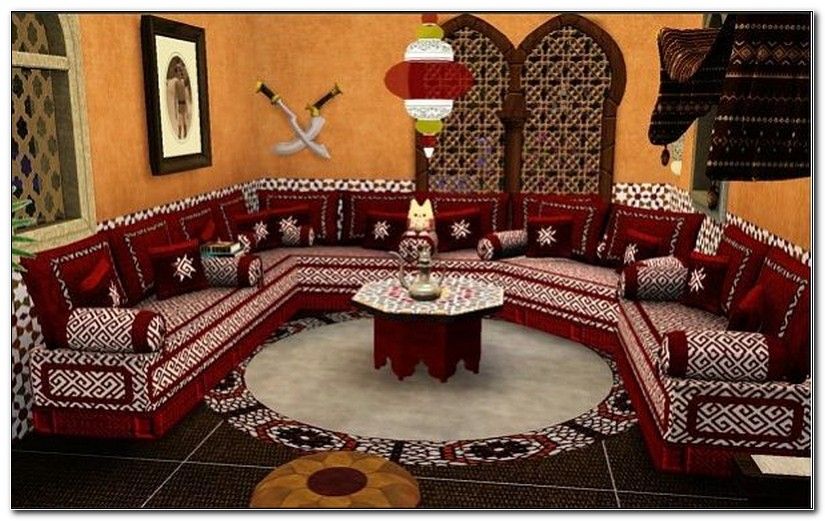
Breathing New Life into Your Furniture: Upholstery Restored
G’day, mates! If you’ve got some beloved furniture that’s seen better days, you’re in for a treat. Upholstery restoration can work wonders, giving your old pieces a fresh lease on life. In this informative article, we’ll dive into the world of furniture and sofa upholstery, exploring both modern and contemporary restoration as well as traditional and antique furniture restoration. So, let’s get started on this journey to transform your furnishings.
Furniture and Sofa Upholstery: A Fresh Start
Understanding Upholstery
Before we embark on the restoration journey, it’s essential to grasp the basics of upholstery. Upholstery involves the padding, springs, webbing, and fabric covering of furniture, such as sofas, chairs, and ottomans. It’s what makes your furniture comfy and visually appealing.
Signs Your Furniture Needs Restoration
- Worn and Torn Fabric: If your furniture’s fabric is threadbare, torn, or stained beyond repair, it’s time for a facelift.
- Sagging or Uneven Cushions: When the cushions start sagging or lose their shape, it affects both comfort and aesthetics.
- Broken or Weak Frames: If the furniture’s frame is cracked, wobbly, or unstable, it’s a clear sign it needs attention.
Benefits of Upholstery Restoration
- Cost-Effective: Restoring furniture is often more budget-friendly than buying new pieces of similar quality.
- Preserving Sentimental Value: Many furniture items hold sentimental value. Upholstery restoration allows you to keep cherished pieces in your home.
- Customization: You can choose fabrics and finishes that match your style, ensuring a unique look.
Modern and Contemporary Furniture Restoration
Embracing Modern Styles
Modern and contemporary furniture often feature clean lines, minimalist designs, and a focus on functionality. When restoring such pieces, the goal is to maintain their sleek and chic appearance.
Fabric Selection
Opt for fabrics that align with modern aesthetics, such as sleek leather, bold patterns, or solid colors. Consider materials like microfiber for easy cleaning and maintenance.
Cushioning and Padding
Modern furniture tends to have minimal cushioning. Ensure the padding remains firm and supportive while preserving the piece’s original design.
Traditional and Antique Furniture Restoration

Honoring the Classics
Traditional and antique furniture exude charm and history. When restoring these treasures, the aim is to preserve their authenticity and character.
Fabric Selection
Choose fabrics that reflect the era of the furniture. Damasks, brocades, and rich velvets are often suitable for traditional pieces. Pay attention to color and patterns to match the period.
Conservation and Repair
Traditional and antique furniture may require extensive repairs, such as fixing broken legs, restoring intricate carvings, or repairing marquetry. Seek the expertise of experienced craftsmen for these tasks.
Upholstery Services: What to Expect
Consultation and Assessment
When you decide to restore furniture, begin with a consultation with a professional upholsterer. They will assess the condition of your furniture, discuss your preferences, and provide a cost estimate.
Fabric and Material Selection
Work closely with the upholsterer to select the appropriate fabric and materials. Consider factors like durability, color, and texture.
Stripping and Rebuilding
The restoration process often involves stripping the furniture down to its frame. This allows for repairs, replacements, and rebuilding as needed.
Upholstery and Refinishing
The chosen fabric is expertly applied to the furniture’s frame. If refinishing is required, the piece may be sanded, stained, or painted to achieve the desired look.
Final Touches
Once the upholstery and refinishing are complete, the final touches, such as attaching trim, buttons, or decorative elements, are added to enhance the piece’s appearance.
Reupholstery Services: A Second Chance for Your Furniture
Why Choose Reupholstery?
Reupholstery involves completely replacing the existing fabric and padding, providing a fresh start for your furniture.
The Reupholstery Process
- Stripping: The old fabric is removed, and the furniture is stripped down to its frame.
- Repairs: Any necessary repairs to the frame or springs are made at this stage.
- Rebuilding: The padding and new fabric are expertly applied to the frame.
- Finishing: The finishing touches, such as stitching and trim, are added to complete the look.
Transforming Your Space, One Piece at a Time
Upholstery restoration and reupholstery services offer a fantastic opportunity to breathe new life into your furniture. Whether you’re looking to modernize your living room with contemporary pieces or preserve the timeless elegance of antiques, professional upholsterers can work their magic. So, don’t bid farewell to your favorite furniture just yet—consider restoration and give your space a fresh, stylish, and sustainable makeover.
So, mates, if you’re in Greensborough or anywhere else and have furniture that needs a little TLC, consider upholstery restoration to revitalize your space.
Please note that the information provided here is for general informational purposes and should not be considered as professional advice. It’s always best to consult with experienced upholsterers for specific guidance on your furniture restoration needs.

Leave a Reply